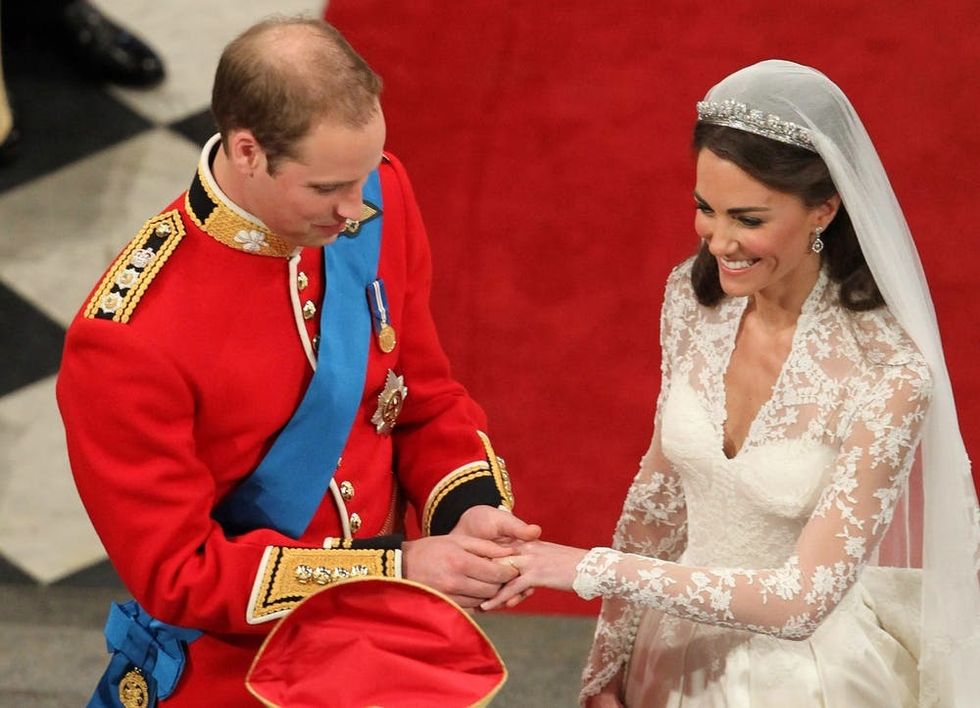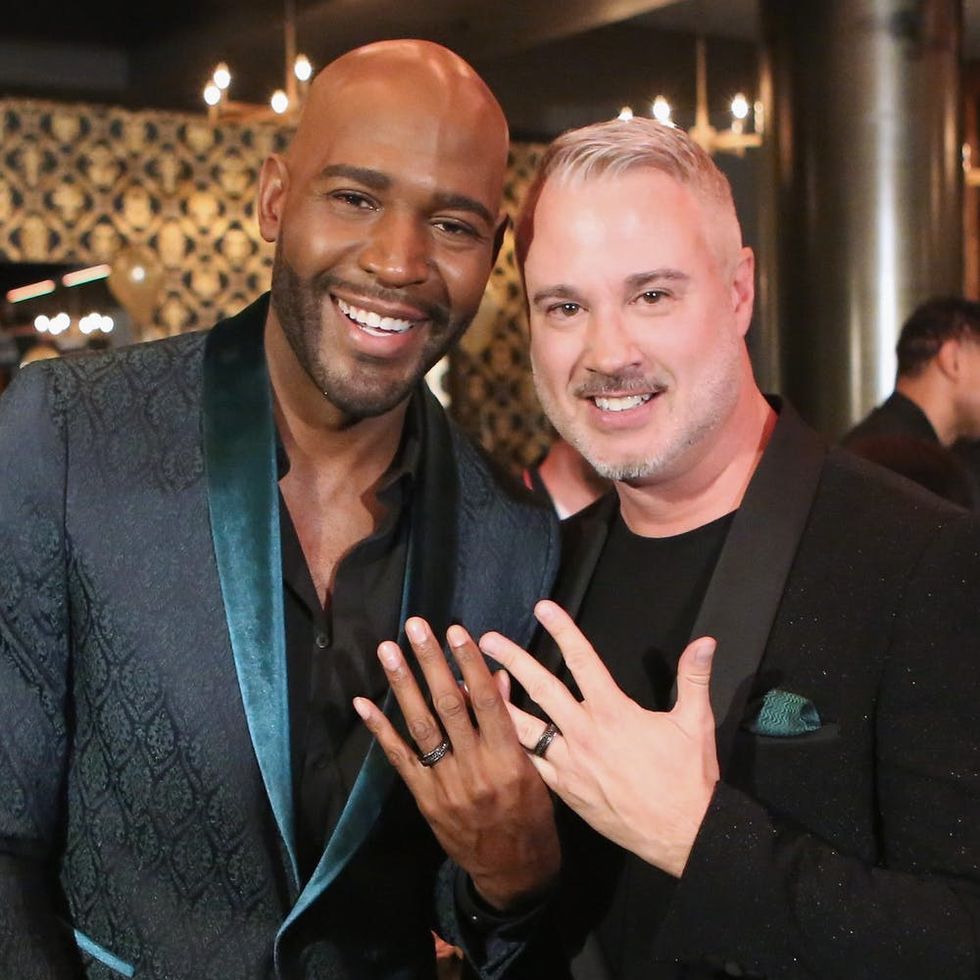How Much Should You Spend on an Engagement Ring?

We’ve all heard at least one of the supposed “rules” surrounding the purchase of an engagement ring, from the percentage of income one should spend to how big the stone should be. But in these modern times, rules were made to be broken — and myths were made to be debunked. That’s why we turned to Kathryn Money, style expert and VP of Strategy and Merchandising at Brilliant Earth, to get the truth about ring shopping.

1. Engagement rings have to cost three months’ salary. Nope. These days, with couples opting for smaller, more intimate weddings and registering for house down payments rather than china, the general consensus is that frugal is best. Says Money, “With the rising cost of real estate, travel, weddings, and other expenses, engagement rings are just one of many significant steps in starting a life together, so opt for a ring that fits your personal budget.” Going into debt for a diamond? That’s so last year.

2. You have to get a diamond. They may be a girl’s — or guy’s — best friend, but why limit your bling to just diamonds? Sure, a classic sparkler is stunning, but other gemstones can be equally as dazzling. Kate Middleton has a sapphire. Jessica Simpson has a ruby. Everything from morganite to aquamarine can make for a style you’ll cherish forever — and one that doesn’t look like everyone else’s.
3. Only women get engagement rings. Spoiler alert: They don’t. According to a recent Brilliant Earth survey, there’s been a 56 percent increase in men searching for male engagement rings since 2007. “With celebrities like Ed Sheeran and Karamo Brown showing off their engagement rings, expect this trend to stay on the rise,” says Money.

4. Lab diamonds aren’t real diamonds. They actually are. “Lab diamonds are made of the same material and have the same optical and chemical properties as natural diamonds, including the same sparkle, fire, and scintillation,” explains Money. Grown in controlled lab environments that duplicate the conditions under which diamonds naturally develop below the Earth’s crust, they’re an ethical and eco-friendly alternative to traditionally mined stones.
5. Bigger is better. Size isn’t the only thing that matters when it comes to selecting a diamond or gemstone. Factors like the cut, color, and clarity of the stone are equally as important to consider, in addition to your significant other’s personal style, lifestyle, hand size, and even finger shape.
(Photos via Getty Images, Dan Kitwood/Getty, Tasia Wells/Getty)
Want more style inspo? Follow us on Pinterest!

















